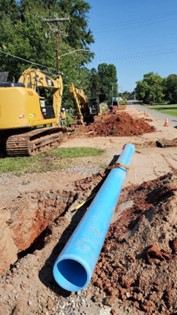The North Carolina Department of Environmental Quality (NC DEQ) plays a pivotal role in helping communities secure resources to develop robust water infrastructures and prepare for sustainable development. This article outlines two key grant programs offered by the NC DEQ that local governments and councils should not hesitate to take advantage of in 2024.
Additional Support In Applying for NC DEQ Water Resources Programs
Communities should look into resources available to help them apply for water supply and resources grants and assistance. Most grants have been assigned grant managers, responsible for supporting communities in submitting competitive grant applications.
Additionally, if a water supply engineering firm has been contracted to support the project, this resource can often directly support or find a resource to support with the grant writing and application process.
In some cases, such as the 9-Element Plan projects references in #2 below re: Water Quality Management Planning Grant, a special resource will be assigned. For these projects a Division of Water Resources support staff member is assigned to answer questions and advise during the process.
1. Water Resources Development Grant Program – State and Local Projects
The Water Resources Development Grant Program is a NC DEQ program designed to provide cost-share grants and technical assistance to local governments. The State and Local Projects are those most likely to be applicable across a wider range of communities (vs. programs geared towards Coastal Communities, etc.), so we’ve broken just these State and Local water resources project types, qualifications and application components down below.
Applicable Projects:
- Water Management – Stormwater control measures, drainage, flood control, hydrologic restoration, etc.
- Water-Based Recreation – Greenways, Trails, Boardwalks; Paddle Access, Fishing Docks/Piers; land acquisition for water-based recreation sites operated by local governments.
- Stream Restoration – Restoration or stabilization of degraded streams & shorelines, aquatic barrier removals, etc.
- Feasibility / Engineering Studies – Towards implementation of one of the four eligible categories.
- Natural Resources Conservation Service Environmental Quality Incentives Program (EQIP) – Learn more here.
Eligibility: Units of local government and local political subdivisions. However, projects benefiting underserved communities within a Tier 1 County will be prioritized.
Application Deadlines: Two standard grant application cycles annually for all non-navigation projects. The Spring 2024 application cycle will begin January 2 and ends on June 30, 2024. The Fall application cycle will be announced at a later date and usually runs through the end of the year.
Funding: Applicants are generally encouraged to not exceed a $200,000 funding request, however larger awards may be granted on a case-by-case basis. The suggested limit is $50,000 for engineering/feasibility studies. Administrative costs should not exceed 10% of the total project budget.
Evaluation Criteria: This grant is weighted most heavily on environmental benefits (eg. protect a valuable resource area or enhance environmental resilience) and minimal negative environmental impacts to the project area or adjacent areas. This is followed by projects that will provide the most economic and social benefits to the area. Communities that are underserved or distressed will be prioritized for selection.
- Economic Benefits (15%)
- Social Benefits (15%)
- Environmental Benefits (25%)
- Environmental Impacts (20%)
- Regional Benefits (10%)
- Financial Resources (10%)
- Benefits to State-Owned Properties (5%)
Application Components:
- Contact Information – Applicant information, Board Chairperson Information, Payment Contact, Engineer / Consultant, etc.
- Project Information – Project Types, with Amount Request, Cost, Geographical Details, etc.
- Project Narrative – One or two sentence Project Scope summary and brief description of the overall project, a brief description of existing conditions
- Treatments – Eg. Aquatic Barrier Removal, Stream Crossings, Land Acquisition, etc.
- Budget Detail – Breakdown by Administration, Design, Permitting, Survey, Materials, Construction Oversight, Monitoring, etc.
| Scaled Project Location & Conceptual Plan Maps |
| Signed Forms – Completed & Signed Official Resolution Form, Completed & Signed Conflict of Interest Certification, Signed & Notarized No Overdue Taxes Form (There are also a number of forms for specific projects and circumstances, detailed on the Application) |
- Reports, Photos, Letters of Support (Optional)
2. Section 205(j) WQ Management Planning Grant
The Section 205(j) Water Quality Management Planning Grant (205(j) references the section of the Clean Water Act where the grants are outlined) is a U.S. Environmental Protection Agency (EPA)-provided grant to states for water quality planning. These projects can include everything from assessments to identify the nature and extent of the water quality issues to planning specific implementation plans to address problems.
Encouraged Projects:
- EPA 9-Element Watershed Restoration Plans – for a 12-digit or smaller USGS HUC
- Watershed Assessments of Pollutant Sources – Source identification studies, including water quality monitoring, field assessments, modeling and GIS analyses to support watershed plan development
- Stormwater Infrastructure Mapping – Water quality planning projects with concrete outputs such as (green and/or gray) stormwater infrastructure mapping
- Projects that benefit water quality outside of the project area – preferably regionally or statewide
- Knowledge sharing projects – Projects to share water quality planning knowledge between Councils of Government and their member governments
Eligibility:
Regional Councils of Government. Councils of Government may partner with any public sector organization to implement projects. A financial match is preferred, but not a requirement.
Application Deadlines:
The request for proposals is released annually in summer and projects are selected in fall. If a community plans to apply in 2024, it could be useful to begin planning to submit the application in advance.
Funding:
North Carolina typically receives around $150,000 for competitive funding of water quality planning projects. However, for the 2023 fiscal year, North Carolina received additional funding for $406,000 in total. There is no cap on pass-through funding requests. Applicants are encouraged to request adequate funds to fully execute proposed projects and also to project larger projects.
Evaluation Criteria:
Priority will be given to projects that consider and address environment justice and climate change resilience. Because water quality issues disproportionately affect urban and rural communities of color, indigenous, linguistically isolated, low-income and / or communities impacted by other stressors, the Division of Water Resources will award additional points during evaluation to projects that will benefit historically underserved populations.
Application Components:
- Project Overview & Abstract
- Contact & Payment Information, Project Partner Information
- Statement of Qualifications for Project Manager or Partners
- Project Area Specifications & Map
- Project Goals & Types
- Detailed Project Description
- Photos or Diagrams (Optional)
- Bigger Picture Benefits Explanations (Climate Resilience & Benefits to Underserved Communities)
- Budget Summary (Required) and Match Summary (Optional)
Questions? The Thrasher Group NC can help.
If your community is looking into any of these grants, The Thrasher Group NC can help. Our local team of water system engineers is experienced in water distribution system design, treatment plant design, pump station design, treatment process engineering and other specialties included with the scope of many NC DEQ grants and financial assistance programs.
Thrasher has experience in helping communities apply for and receive assistance, coming alongside Water Boards to educate and prepare communities for growth.
Give us a call at (704) 864-2201 or send us a message using our online contact form . We look forward to speaking with you.

